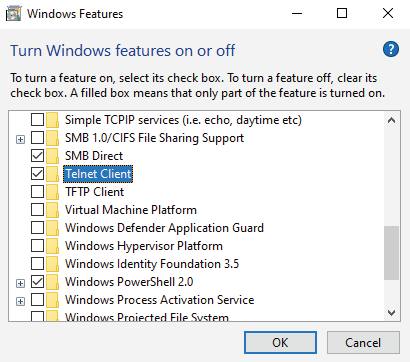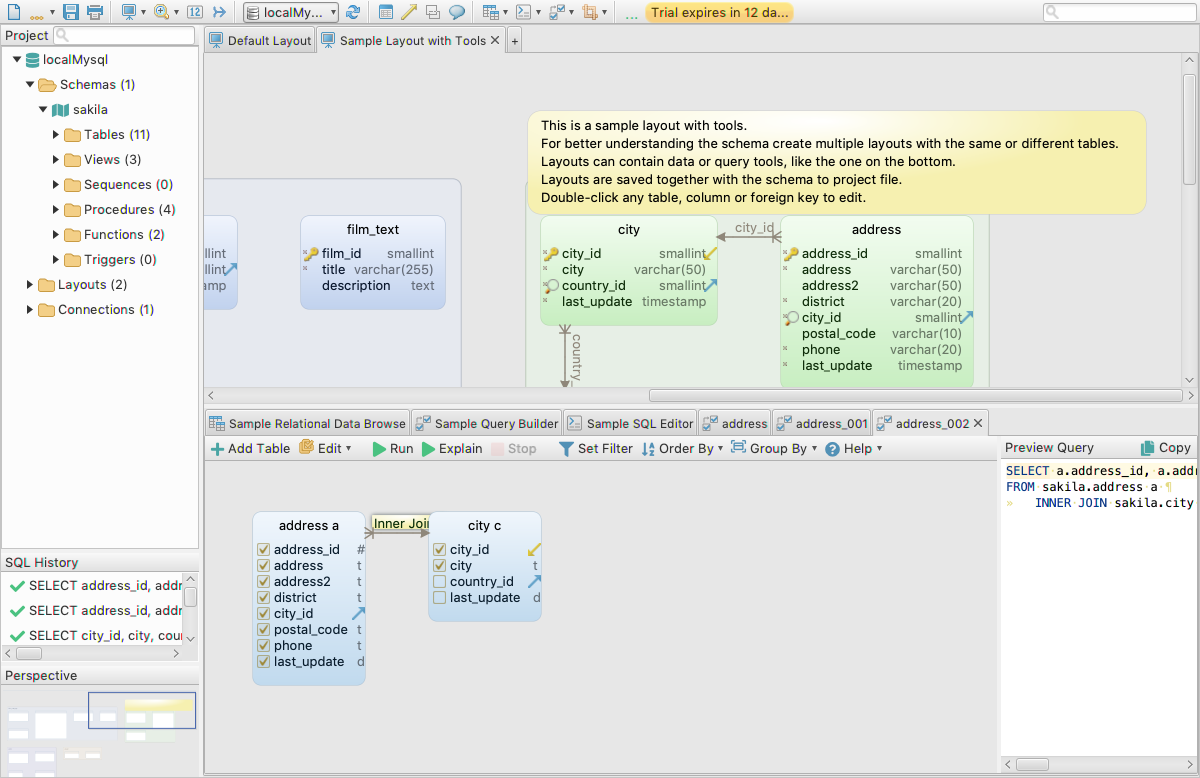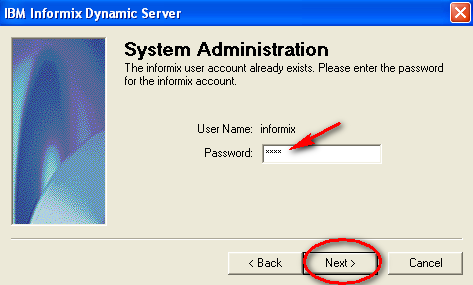

Installed data sources and still no love.Įven checking/unchecking "allow inprocess" is not solving the error. My problem is not that (missed procedure) and I just can't find a way to fix this.Īfter changing SQL SERVER USER to another one that's not the default, I started receiving this error: Cannot initialize the data source object of OLE DB provider ".12.0" for linked server "(null)" After Googling for hours, I've only find blogs with a procedure to be created. I've no idea where to start to troubleshoot this. The provider did not give any information about the error.Ĭannot obtain the schema rowset "DBSCHEMA_TABLES_INFO" for OLE DB provider >".16.0"įor linked server "(null)". You can browse, query, edit your data and database structure in a simple and clean spreadsheet-like editor. With the native build, simple design, and powerful features, TablePlus makes database management easier, faster & more efficient for you. Msg 7399, Level 16, State 1, Line 13 The OLE DB provider ".16.0" for linked >server "(null)" reported an error. TablePlus is a modern, native, and friendly GUI tool for relational databases.
Connect dbschema to local pc install#
GRANT SELECT ON SCHEMA::Sprockets TO MandarĭENY SELECT ON SCHEMA::Sprockets TO Prasanna Įxecute the following statement, to view the schemas in this database: SELECT * FROM sys.schemas įor more information, see CREATE SCHEMA (Transact-SQL).I've been using the same query for ages to query Excel files: SELECT * FROM OPENROWSET('.12.0','Excelġ2.0 Database=C:\_DBA_TEMP\Controle.xlsx', )īut with this fresh install I'm receiving an error I've never seen before: CREATE SCHEMA Sprockets AUTHORIZATION AnnikĬREATE TABLE NineProngs (source int, cost int, partnumber int) The statement grants SELECT to Mandar and denies SELECT to Prasanna. The following example creates the schema Sprockets owned by Annik that contains table NineProngs. CREATE SCHEMA Chains ĬREATE TABLE Chains.Sizes (ChainID int, width dec(10,2)) Īdditional options can be performed in a single statement. The following example creates a schema named Chains, and then creates a table named Sizes. In Object Explorer, connect to an instance of Database Engine. The Extended properties page allows you to add custom properties to database users. The Permissions page lists all possible securables and the permissions on those securables that can be granted to the login. The Schema- New dialog box also offers options on two additional pages: Permissions and Extended Properties. You will need to run the Create Schema Template T-SQL Statement that is generated.

Alternately, click Search to open the Search Roles and Users dialog box.Ī dialog box will not appear if you are creating a Schema using SSMS against an Azure SQL Database or an Azure Synapse Analytics. In the Schema owner box, enter the name of a database user or role to own the schema. In the Schema - New dialog box, on the General page, enter a name for the new schema in the Schema name box. Right-click the Security folder, point to New, and select Schema. In Object Explorer, expand the Databases folder.Įxpand the database in which to create the new database schema. Using SQL Server Management Studio To create a schema If a database role is specified as the owner, the caller must meet one of the following criteria: membership in the role or ALTER permission on the role. To specify another user as the owner of the schema being created, the caller must have IMPERSONATE permission on that user. Requires CREATE SCHEMA permission on the database.

The new schema is owned by that domain principal. When creating a database object, if you specify a valid domain principal (user or group) as the object owner, the domain principal is added to the database as a schema. Ownership of schema-contained objects can be transferred to any database-level principal, but the schema owner always retains CONTROL permission on objects within the schema. Objects created within a schema are owned by the owner of the schema, and have a NULL principal_id in sys.objects. The new schema is owned by one of the following database-level principals: database user, database role, or application role.

Before You Begin Limitations and Restrictions
Connect dbschema to local pc how to#
This topic describes how to create a schema in SQL Server by using SQL Server Management Studio or Transact-SQL. Applies to: SQL Server Azure SQL Database Azure SQL Managed Instance Azure Synapse Analytics Analytics Platform System (PDW)


 0 kommentar(er)
0 kommentar(er)
